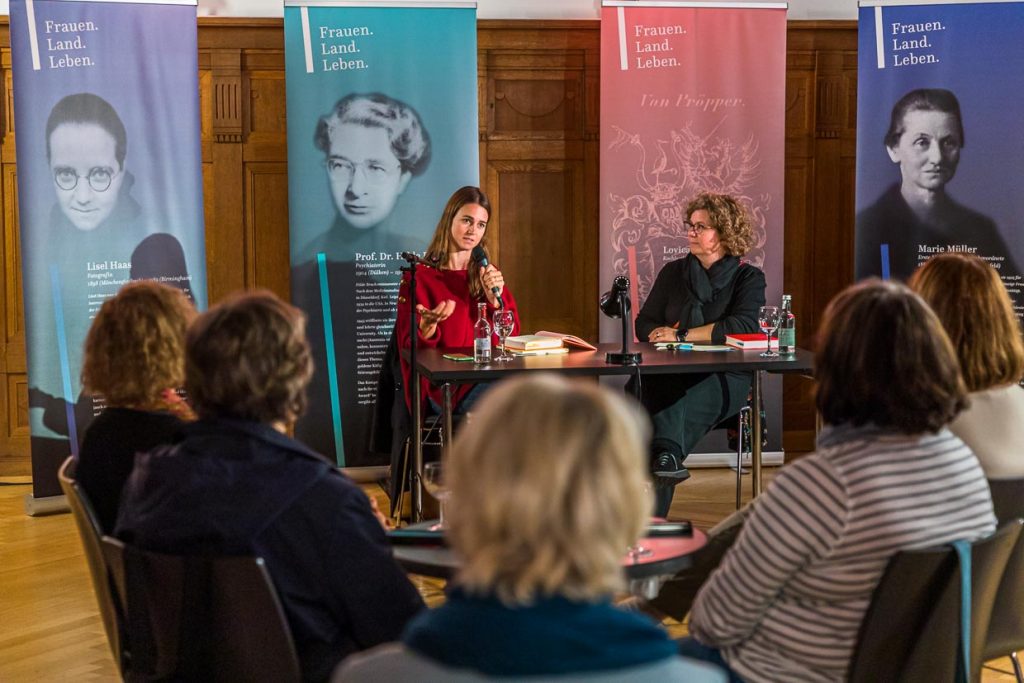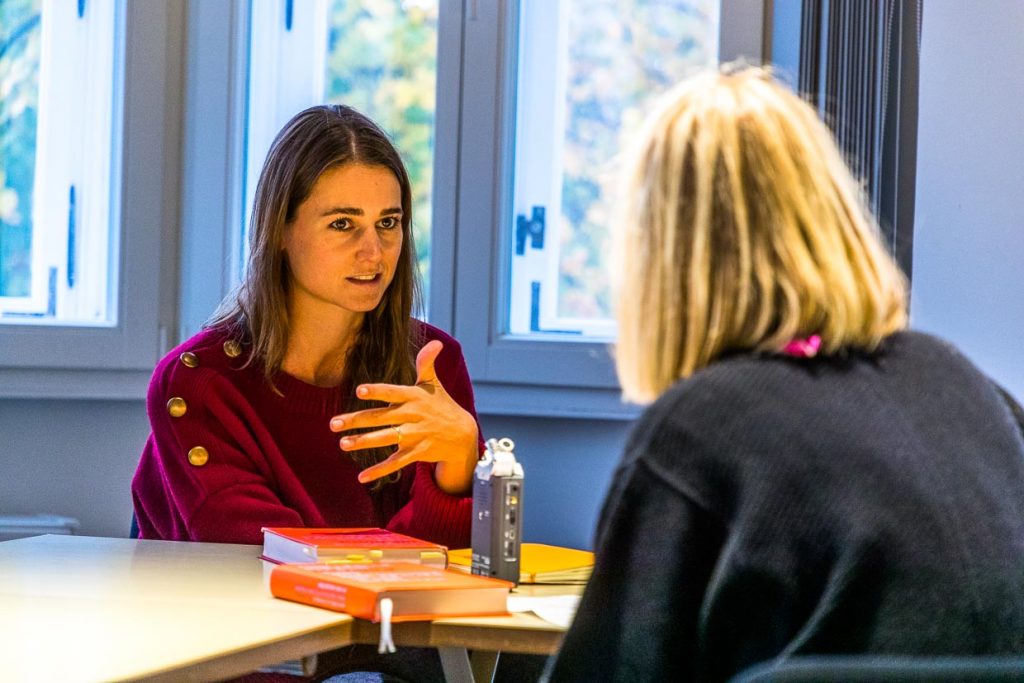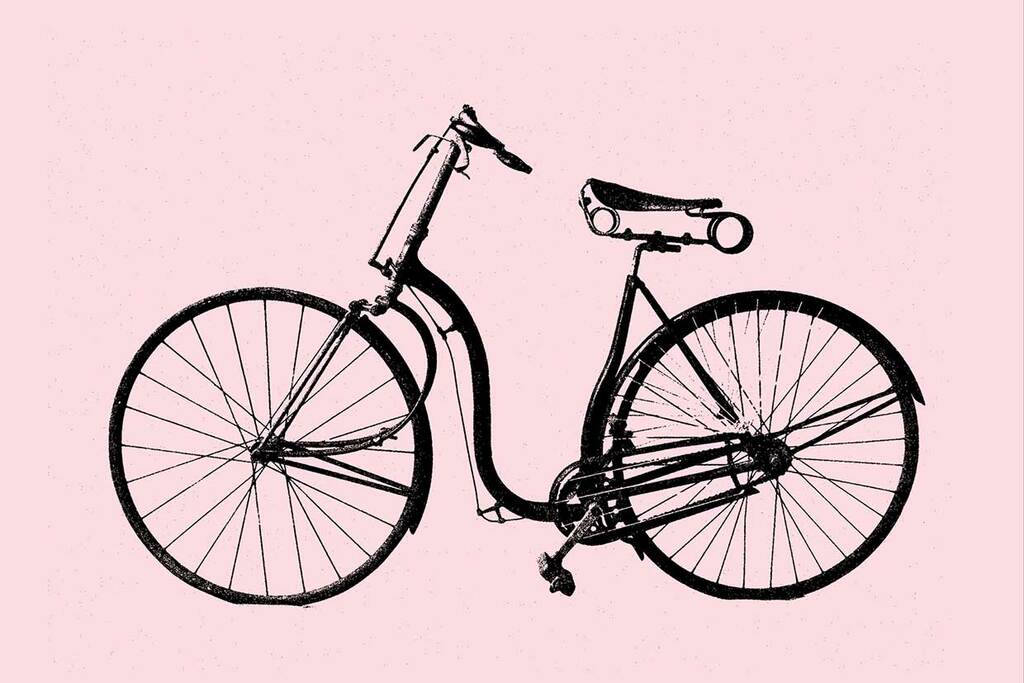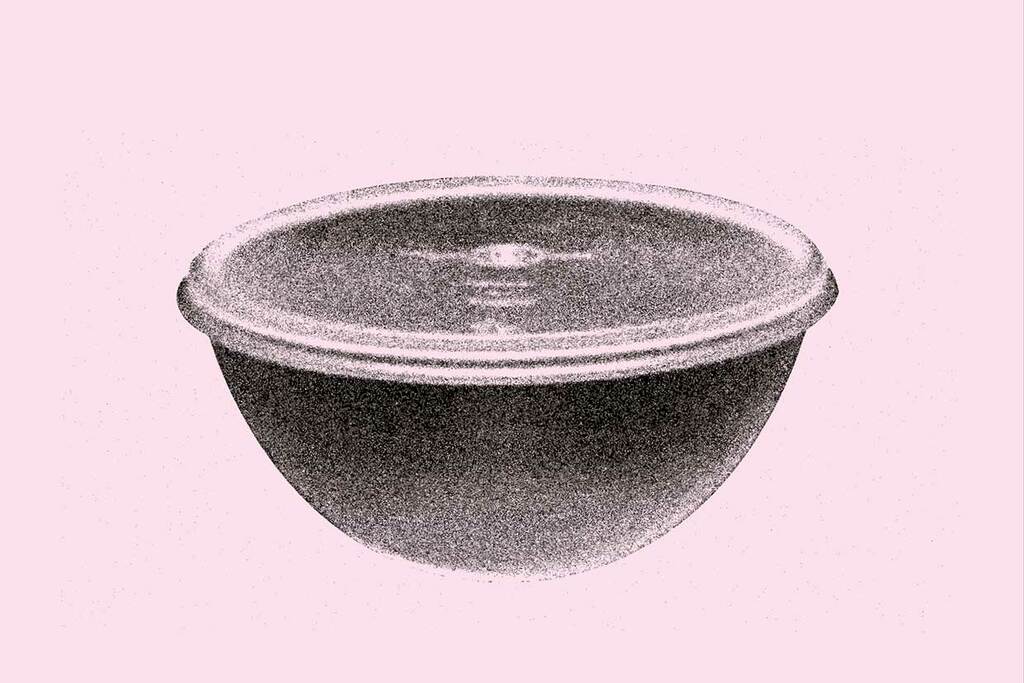For Annabelle Hirsch, everyday things are not incidental trivia, but an exciting approach to history. The freelance journalist has German and French roots. She studied art history, theater studies and philosophy in Munich and Paris. She writes in German and is a literary translator from French. The Things – A History of Women in 100 Objects is her first book.

Annabelle Hirsch says the idea for her book came from her long-standing interest in women’s history. She has always read a lot about women and by women, she explains in conversation. She often changes where she lives, and in each new city she looks for a woman from the past and asks herself what that woman thought, what she hoped for. She is more interested in the anecdotes and details, she says, because they take away distance and allow us to delve deeper into the everyday life of that time.
Quiet things
Everyday objects, like cooking pots, hatpins or a garment bag are the opposite of monuments. They do not commemorate a battle won or a revolution, Hirsch writes right in the introduction. They do not belong to the so-called great history, but to the intimate realm. The quiet, the overlooked. That area that was long considered feminine and thus unimportant. Her book covers a time span from 30,000 B.C. to 2017. While reading it, one can jump in the centuries or walk chronologically through this Wunderkammer of femininity.

The history of women is not linear. The objects selected by Annabelle Hirsch tell of developments and regressions, of the desire for freedom and rebellion as well as of myths and norms that were used to keep women down. It is a look at the history of women in the West, at objects of everyday life, fashion, medicine or art. One clearly senses in her selection that Annabelle Hirsch grew up in Germany and France. Her penchant for female literature resonates in many of the chapters, as does her flair for inconspicuous things that, thanks to her persistent research, become fascinating reflections on the lives of women in the past. Her gaze goes far back, even to centuries and eras we don’t know as much about. Objects belonging to women of all classes are presented. Besides the obvious things, like corset, lipstick, bikini or the socio-politically highly relevant birth control pill, the main focus is on the objects that do not immediately come to mind.

Encrusted role patterns
A wonderful example of the tenacious adherence to role patterns for which men, in this case scientists, are willing to throw their own theses overboard is the 10th century chapter Hnefatafl game. It is about small balls made of elk horn, which were among other things in the grave of an outstanding Viking warrior. In the 19th century, this grave was discovered in Sweden. But in 2017, a DNA test revealed that the warrior with the magnificent grave goods was probably a female warrior and even a military strategist. As a result, some scientists raised doubts about the previous reading of tombs. Annabelle Hirsch notes at this point that it could also be that Vikings simply thought of the concept of gender differently, that it was incidental and not role-determining. Incidentally, we learn in this chapter that it was Richard Wagner who composed the Vikings’ horns on their helmets at the premiere of Der Ring der Nibelungen in 1876.

Movement brings freedom
Freedom of movement starts with clothing. But it took until the 1920s before women could enjoy sewn-in garment pockets. It was Coco Chanel who added pockets to women’s clothing and caused a sensation. It was a clear statement against women’s historical lack of pockets, as they were denied a practical trouser pocket for centuries. Women carried their belongings in cloth bags, the so-called garment bag, which was awkwardly laced between the many layers of clothing. In 1889, the Saftey Bicycle was invented. A bicycle that was designed to be safer and also cheaper to purchase. Previously, women could only ride as passive tandem riders with men. For a free ride on the Safety Bike, the long Victorian skirts with flowing petticoats were exchanged for plush Oriental-style pants called bloomers. Women whose range of motion until then had been limited to the house, a walk in the park or a visit to a museum could now go in much wider circles at an exhilarating pace. In the late 19th century, women’s rights activist Elizabeth Cady Stanton ranked the bicycle as the most important invention of the century in terms of women’s liberation.

From hatpin to Tupperware
With her book Annabelle Hirsch proves on 100 often inconspicuous objects, an often very surprising emancipatory effect. Who would have thought such a thing of a hatpin or pastel Tupperware containers? Women have taken a place in history, they have moved things, changed things and also shaped things. Fortunately, they have left traces that you can see if you want to.
(*) This post contains advertising links (also called affiliate or commission links) that lead to Amazon.de.

